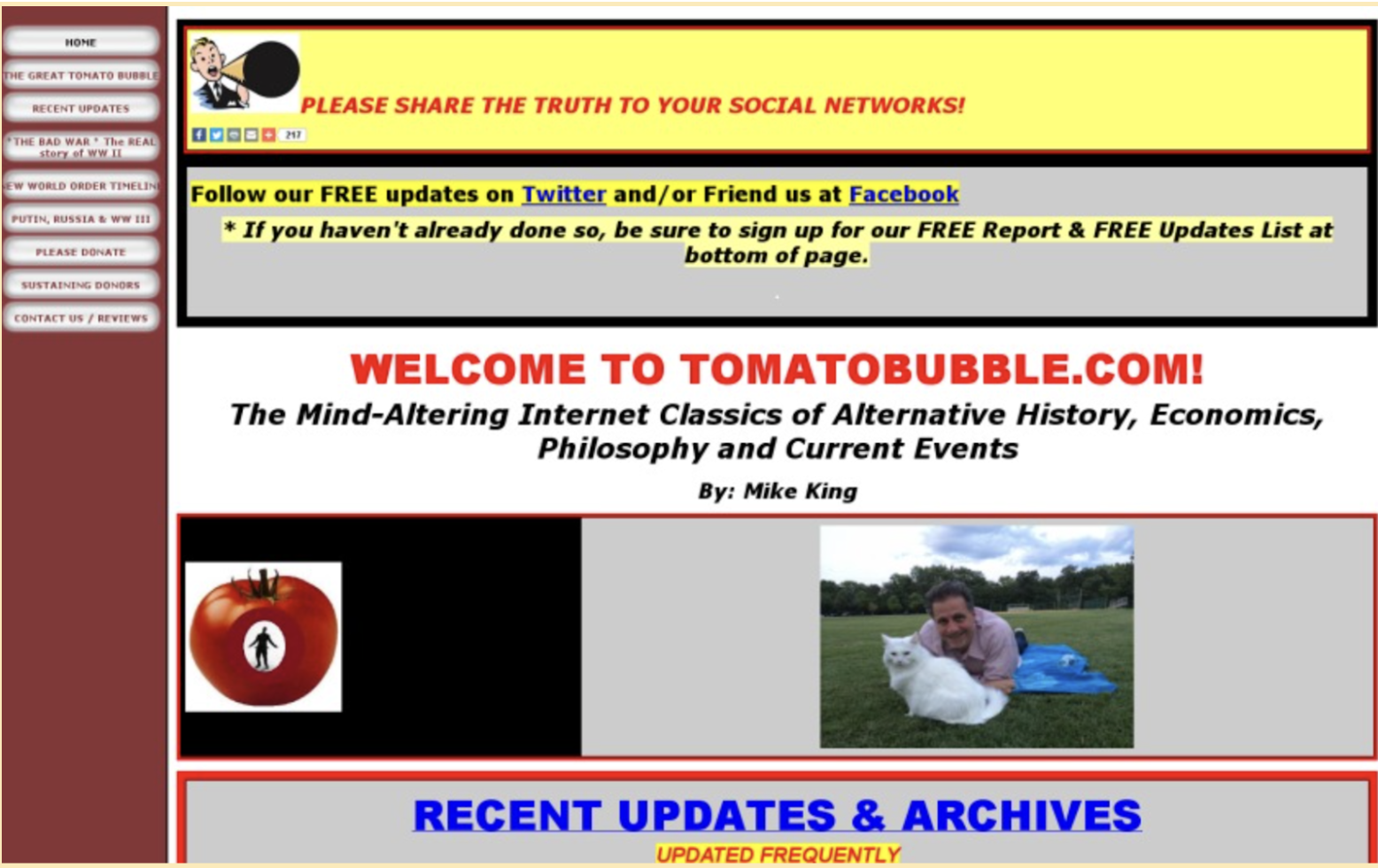One of my kiddos was doing a class project (a custom-made Valentine’s Day lunch box!) and got interested in making a solar system. (His friend, the recipient of the lunch box, is really interested in space.)
After considering the idea for a moment, he dismissed it, lamenting, “It would be too hard to make a good one.” His mom and I got curious. To us, this was a matter of spray painting some styrofoam balls and arranging them in a figurative solar system. What could be easier than that?
But, it turned out that he’d seen some examples of elaborate solar systems online and demurred; after all, he couldn’t make something like that!
And it’s true. No matter what the topic, if you look online, you can find an example of someone creating a “homemade” version of something with Hollywood-like production values.
Take this video of Jon Pumper’s Encanto spoof “We Don’t Talk About Pluto.”
Not only does the video have an amazing solar diorama, but it also has a highly produced, brilliantly shifted version of “We Don’t Talk about Bruno” from Disney’s Encanto. The quality of the video and the planetary models (which required no small investment of time and money) is phenomenal.
That got me thinking about how quickly so many things seem to be becoming incredibly slick and sophisticated these days. From YouTube channels to websites to everyday arts and crafts, it seems that advances in digital technology combined with the ability to share ideas over social media immediately are leading to an aesthetic of glossy perfection that feels necessary to uphold for fear of looking like an amateur.
It’s the double-edged sword of an information-rich, connected world. The ability to see what someone else can create means that we can access fantastic content and learn, but it also sets the bar (unrealistically) high.
Not that this is bad; after all, it wasn’t too long ago that the entire internet looked like this:

Image: https://websitesfromhell.net/
Nowadays, the tools to make a good product are more widely available than ever, and if you want to learn how to use one, there’s probably a YouTube channel dedicated to it. That doesn’t make the need to take a risk, put oneself out there, any easier. In fact, it can make it harder.
I don’t think my kids are the only ones who feel this way.
One of my team members likes to play guitar, and he shared with me that the fact that any song he’s trying to learn how to play is already on YouTube, in 4k, played by someone half his age (or even younger), with fancy video editing and high production value can be a discouraging feeling.
I feel the same. For years, I was unwilling to try things that might fail, whether that was content no one engaged with or my first online course that practically no one bought (subsequent offerings have landed better).
But I’ve learned to work with this. It’s not that I’ve gotten over my fear; it’s that I’ve gotten more comfortable with it. I’m willing to do more things even when I’m anxious. As a result, I’ve gotten better at this work — at writing things that people read and offering things that people want. That wouldn’t have happened without making things that just weren’t very good.
I believe learning new things and taking risks are important parts of being a fully expressed human.
I also believe that it’s one of the most essential skills for modern leaders. Without learning, without putting ourselves out there, we won’t be able to solve the problems we face. That’s because what’s worked for us for much of our careers — coming up with answers to problems — doesn’t serve as the world changes around us.
The most important problems don’t have answers. That doesn’t mean we can’t make progress with them; it means we have to learn to ask better questions, use our curiosity to reframe our challenges, and be willing to try new things.
When I feel imperfect or like what I have to offer isn’t good enough, I try to pause, breathe deeply, and remind myself that it is.
Even if it’s not set to a highly-produced music video.
What about you? How do you support yourself as you try new things? Email me at [email protected] and let me know.
* * *
Want to get these articles in your inbox? Subscribe here to join the conversation and download a sample from Meltdown.


